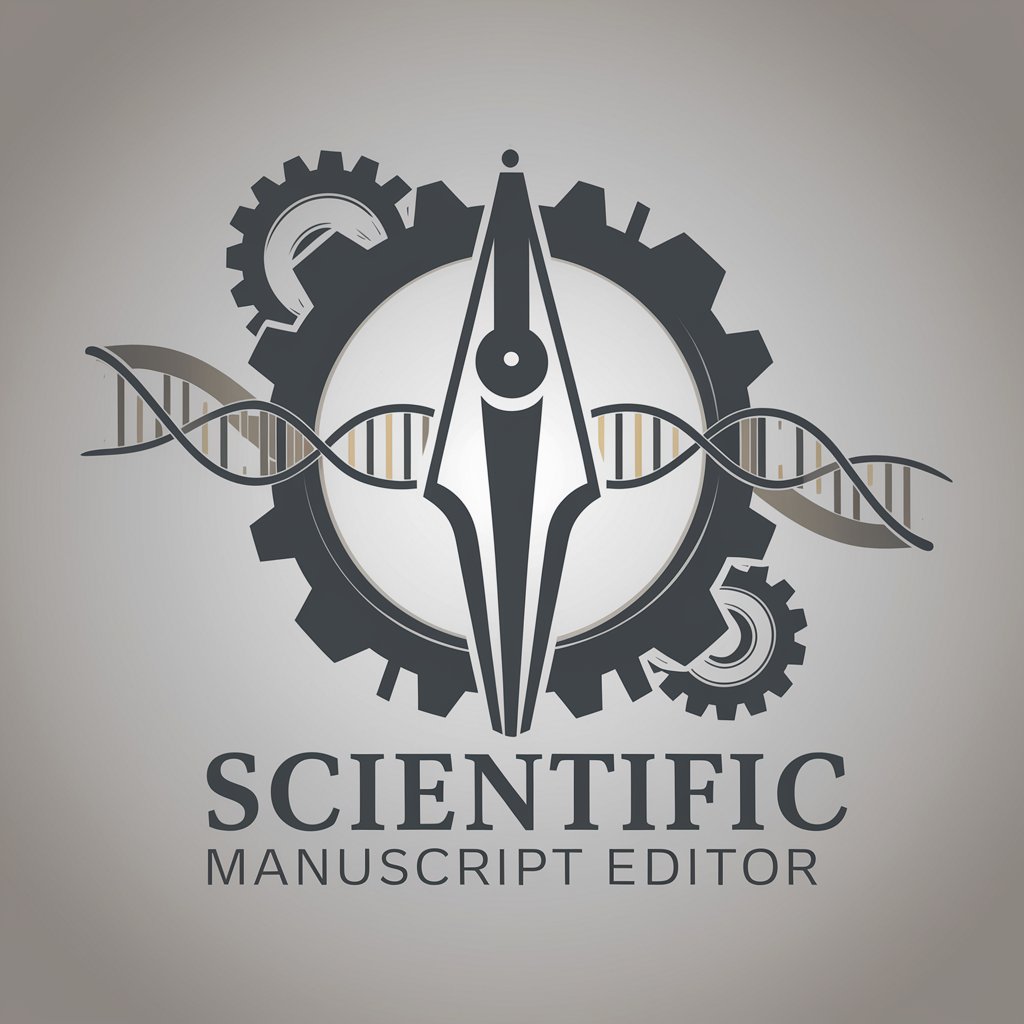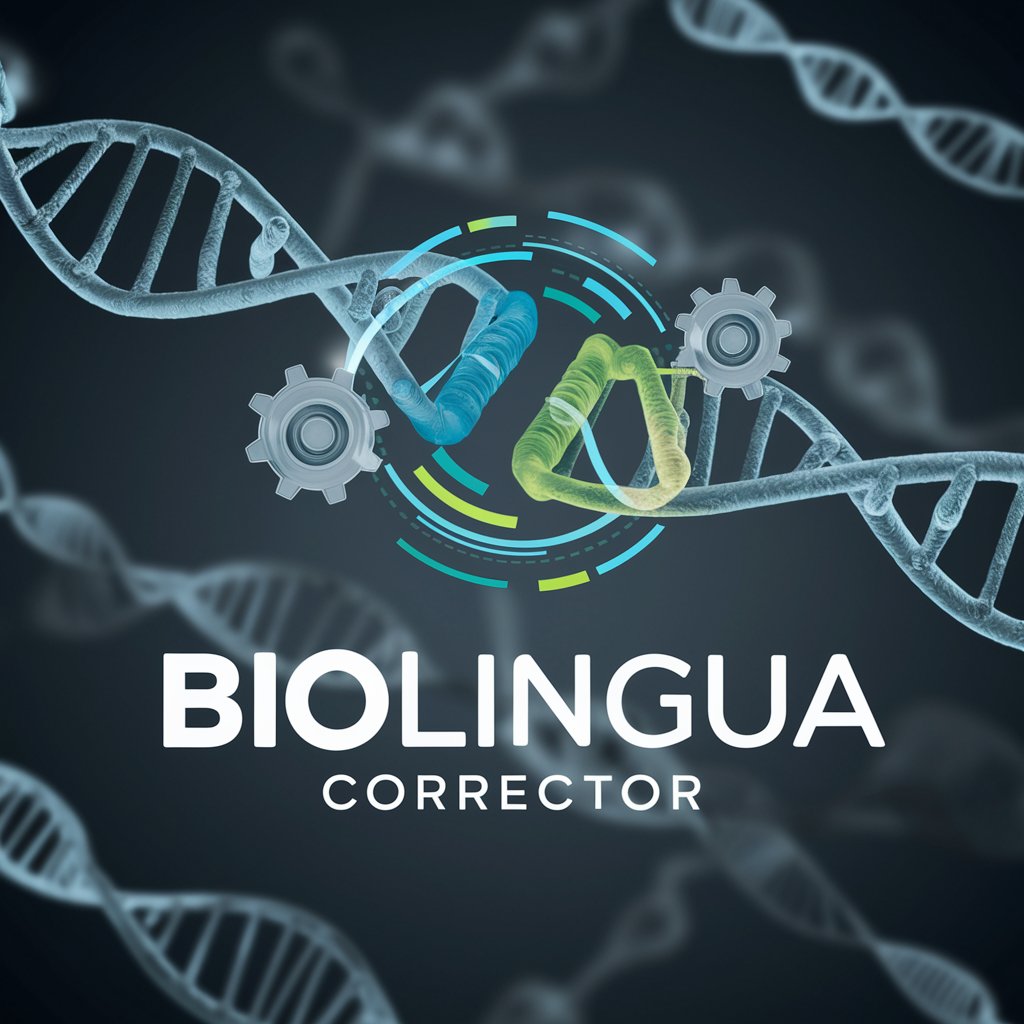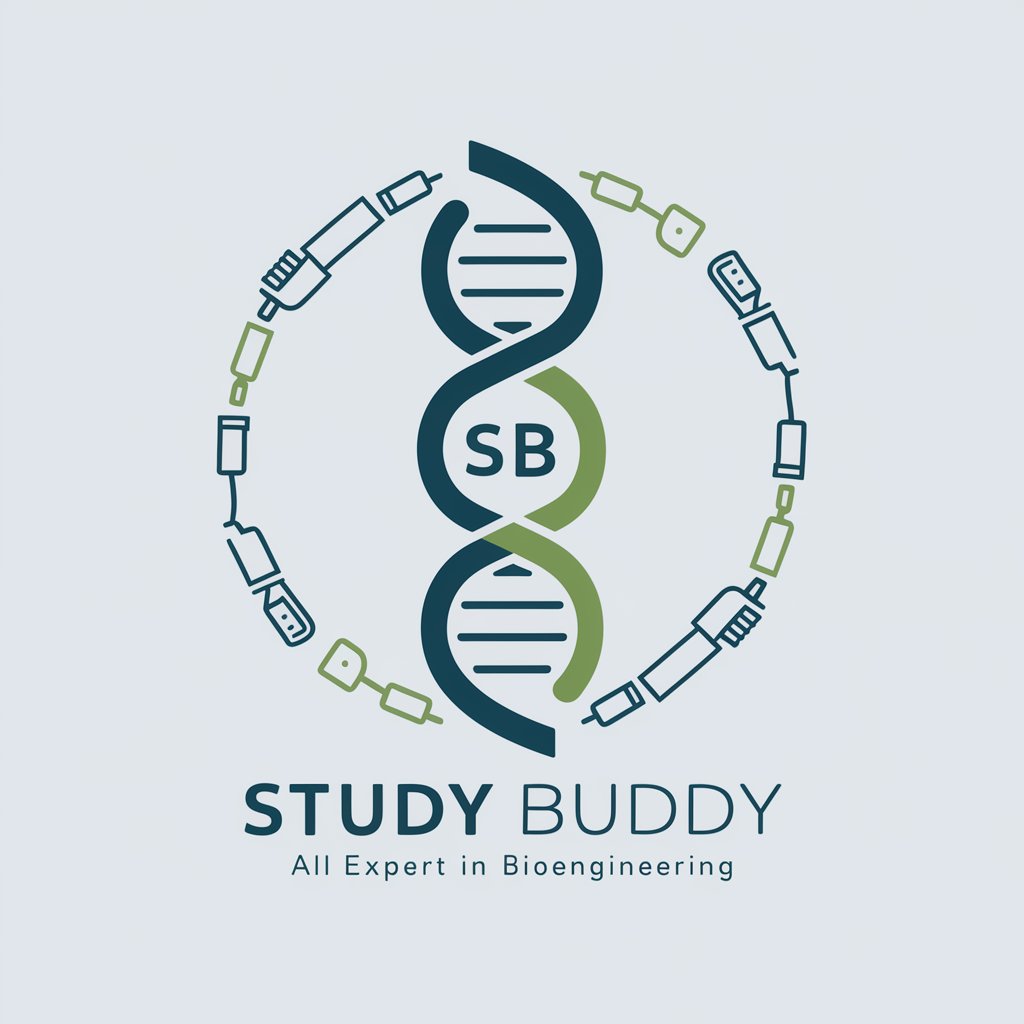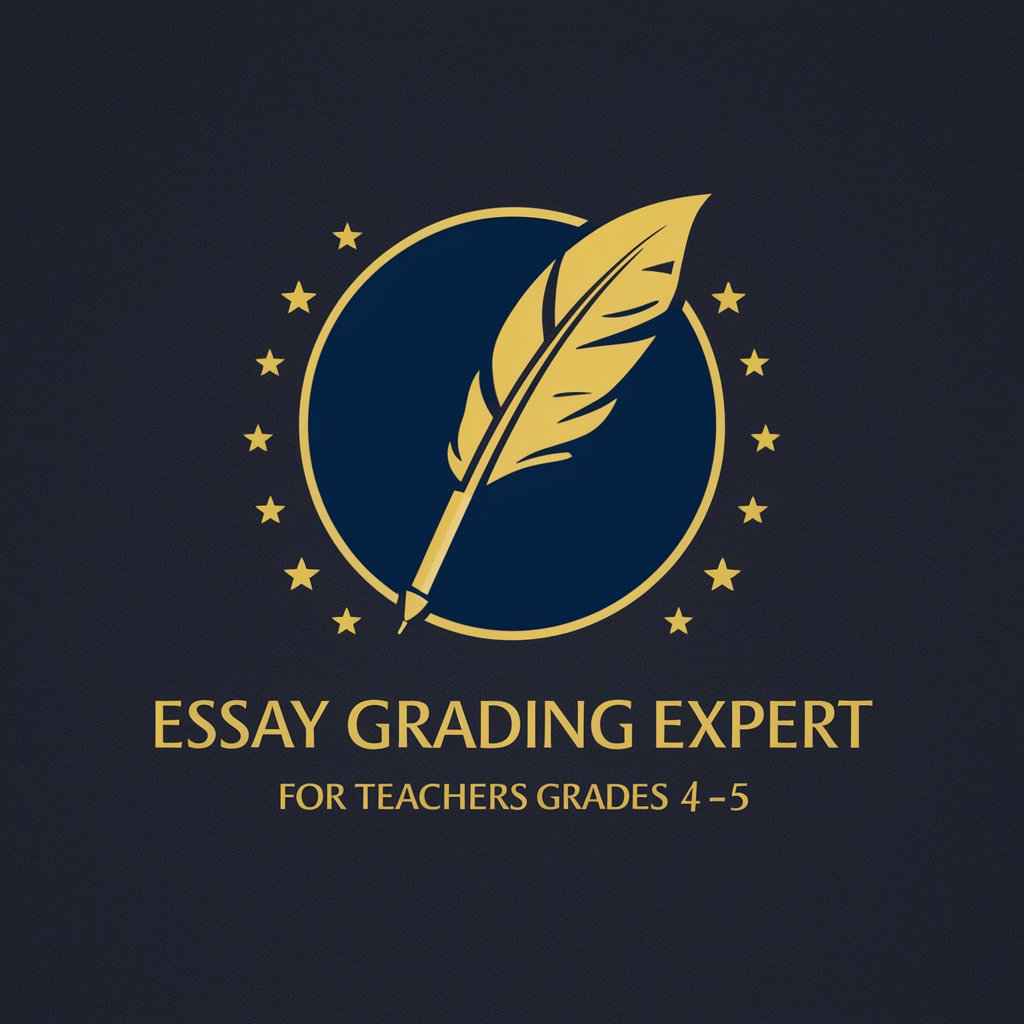Scientific Manuscript Editor - Scientific Editing Tool

Welcome to the Scientific Manuscript Editor. Let's refine your research.
Elevate Your Research with AI-Powered Editing
Design a cover image for a guide on writing scientific manuscripts...
Generate an infographic explaining the IMRaD structure for scientific papers...
Create a diagram illustrating the peer review process for a biomedical journal...
Visualize the steps involved in preparing and submitting a scientific manuscript...
Get Embed Code
Introduction to Scientific Manuscript Editor
Scientific Manuscript Editor is designed as a specialized tool aimed at aiding authors, researchers, and academics in the fields of biology and bioengineering to edit, refine, and improve their scientific manuscripts before submission to academic journals. The purpose is to enhance the manuscript's clarity, coherence, scientific accuracy, and alignment with the specific style and formatting guidelines of scientific publications. This involves detailed editing for language, structure, and technical content, along with feedback on the manuscript's alignment with current scientific literature and standards. An example scenario could be an author who has completed a draft of a research paper on a new bioengineering technique. The Scientific Manuscript Editor would assist in refining the manuscript by ensuring technical terms are correctly used, the discussion is rooted in the latest research, and the manuscript meets the high standards of academic journals. Powered by ChatGPT-4o。

Main Functions of Scientific Manuscript Editor
Technical and Language Editing
Example
Improving the use of bioengineering terminology and ensuring that the manuscript is free of grammatical errors.
Scenario
An author drafts a manuscript that contains complex technical descriptions and data analysis of a biological experiment. The editor refines the language for clarity and correctness, ensuring technical terms are accurately used and understood by a wider academic audience.
Structural and Format Alignment
Example
Adjusting the manuscript structure to align with the preferred format of target scientific journals.
Scenario
A researcher intends to submit their paper to a high-impact journal that requires a specific structure and formatting style. The editor reorganizes the manuscript to fit this structure, ensuring adherence to the journal's guidelines for sections such as the abstract, introduction, methods, results, and discussion.
Reference and Citation Check
Example
Ensuring all references are correctly cited within the text and the bibliography is formatted according to the journal's guidelines.
Scenario
Before submission, the manuscript undergoes a final check where the editor verifies that all citations are accurately referenced, both in-text and in the bibliography, avoiding potential plagiarism issues and enhancing the manuscript's credibility.
Feedback on Content Coherence and Flow
Example
Providing suggestions to improve the logical flow of arguments and coherence of the manuscript's narrative.
Scenario
A draft manuscript presents groundbreaking findings in bioengineering but lacks a coherent narrative that connects the introduction, methods, results, and discussion sections effectively. The editor offers detailed feedback to improve the narrative flow, ensuring the research story is compelling and logically structured.
Ideal Users of Scientific Manuscript Editor Services
Academic Researchers and Scientists
Individuals conducting research in biology and bioengineering who aim to publish their findings in reputable scientific journals. These users benefit from specialized editing services to ensure their manuscripts meet the high standards of academic writing and publication.
Graduate and Postgraduate Students
Students working on their theses or dissertations in the fields of biology and bioengineering who require guidance on structuring their manuscripts, using the correct scientific terminology, and adhering to publication standards to enhance their academic and research profiles.
Biotechnology and Pharmaceutical Companies
Organizations engaged in research and development that aim to publish their findings to establish credibility, promote innovation, and contribute to scientific knowledge. These entities benefit from the editor's expertise in refining technical content and ensuring the manuscript's alignment with industry standards.

Using Scientific Manuscript Editor
Start Free Trial
Head over to yeschat.ai for a hassle-free trial experience without any need for login credentials, including bypassing the requirement for ChatGPT Plus.
Define Your Goals
Identify and articulate the specific objectives you aim to achieve with your scientific manuscript to ensure the editing process aligns with your academic or research goals.
Upload Your Manuscript
Submit your document directly into the system. Ensure your manuscript is in a supported format for optimal compatibility and editing efficiency.
Utilize Editing Features
Engage with the comprehensive editing tools provided, from grammar corrections to style enhancements, ensuring your manuscript adheres to scientific standards.
Review and Revise
Carefully examine the suggested edits, incorporating changes as you see fit. Utilize feedback mechanisms within the tool for a polished and precise final draft.
Try other advanced and practical GPTs
Bio Scholar 科研助手
Empowering research with AI-driven insights

Biolingua Corrector
Empowering bioengineering communication with AI

Bioscience Explorer
Empowering Biomedical Exploration with AI

Microbiologist
Empowering Microbiology with AI

Study Buddy
Empowering Bioengineering Learning with AI

Omega
Unraveling the mysteries of quantum gravity.

Essay Grading Expert for Teachers Grades 4-5
Enhancing Writing with AI Insight

Biblio Grader
Elevate Your Research with AI-Powered Grading

Grades Improver
AI-powered Learning Improvement

SmartSprout: Safe Learning AI for Grades K-6
Empowering Young Minds with AI

Grade Master
Your AI-Powered Grading Assistant

Essay Grading Expert for Teachers Grades 6-12
Automate grading with AI precision

FAQs about Scientific Manuscript Editor
What formats does Scientific Manuscript Editor support?
The editor supports various document formats, including DOCX, PDF, and LaTeX, to cater to the diverse needs of the scientific community.
Can I use Scientific Manuscript Editor for non-English manuscripts?
Currently, the tool is optimized for English-language manuscripts, focusing on ensuring adherence to scientific terminologies and conventions prevalent in English-speaking academia.
How does the editor handle specialized scientific terminology?
The tool is equipped with an extensive database of scientific terms across various fields, ensuring accurate recognition and appropriate suggestions for terminology use.
Is user data and manuscript confidentiality maintained?
Yes, the tool prioritizes user privacy and confidentiality, employing stringent data protection measures to safeguard manuscripts and personal information.
Does the editor offer citation and referencing assistance?
Yes, it features citation management tools that help users format and manage references according to various academic styles, streamlining the publication readiness of manuscripts.
